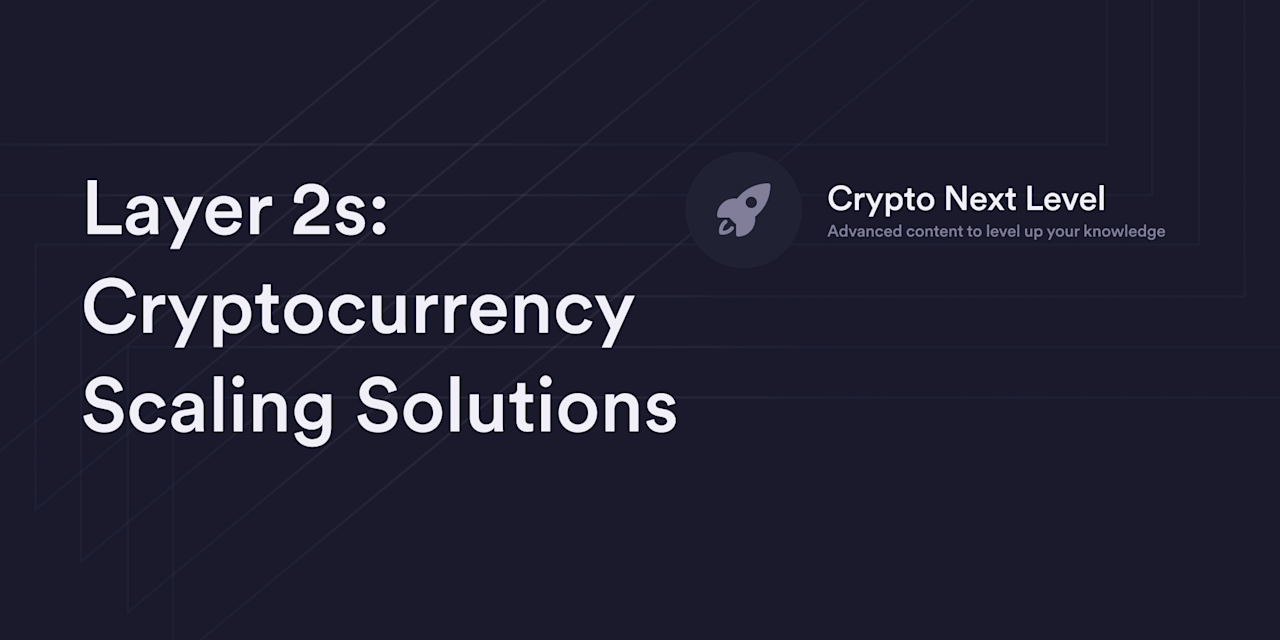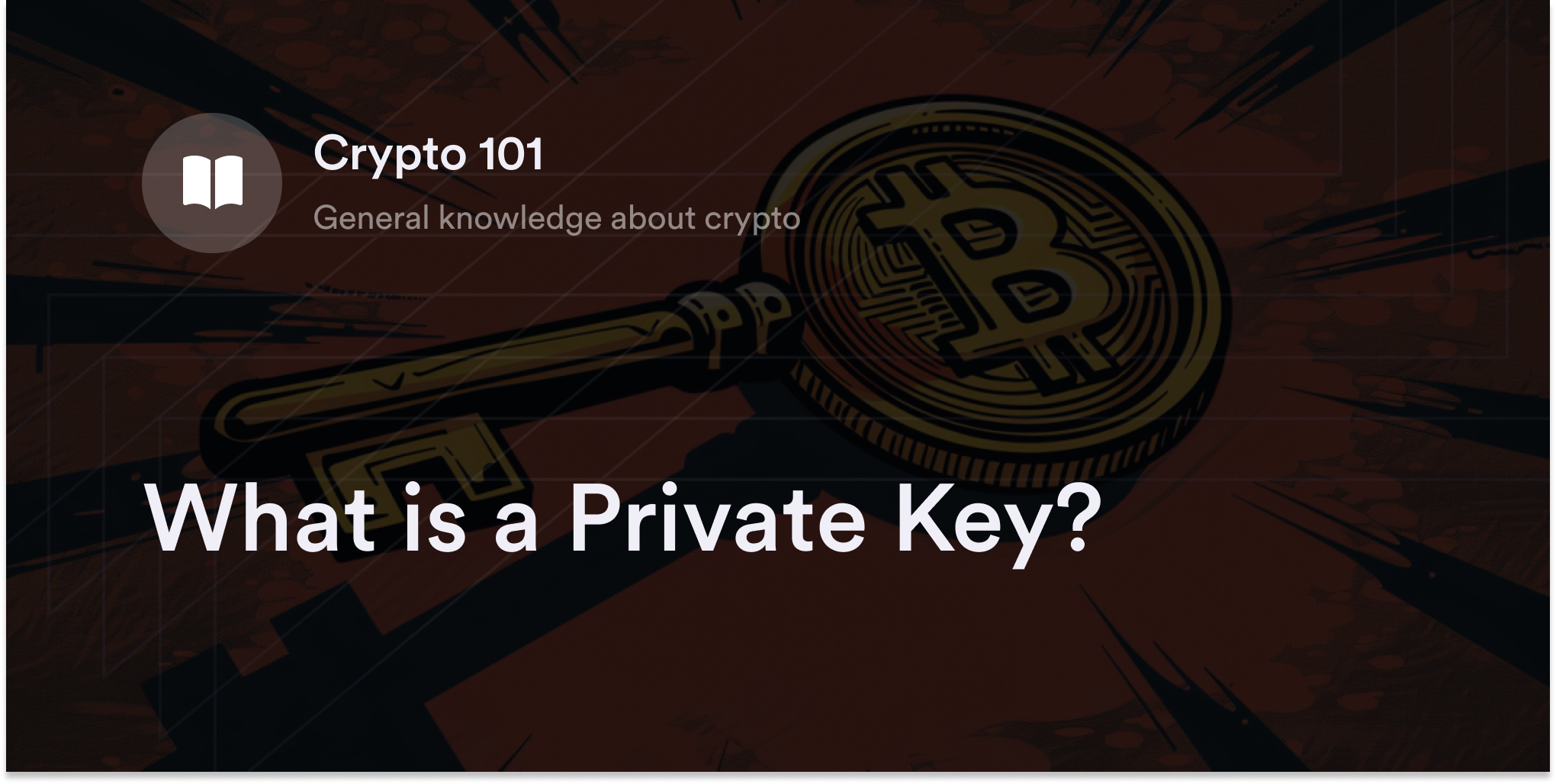


Market liquidity is the lifeline for cryptocurrency exchanges.
Crypto trading platforms need a fast and reliable way for users to swap digital assets like Bitcoin (BTC) and Ethereum (ETH) as close to the quoted price as possible. Although centralized exchanges (CEXs) like Coinbase work with market makers to provide digital assets for smooth transactions, many decentralized exchanges (DEXs) use a technology called “liquidity pools” to ensure there’s a steady flow of cryptocurrency in their protocols. In fact, without liquidity pools, the peer-to-peer (P2P) experience on many decentralized finance (DeFi) sites wouldn’t work.
Since liquidity pools are a vital component of DeFi platforms, it’s impossible to explain what liquidity is in the crypto market without understanding how these programs operate. So here’s what you need to know about what liquidity pools are and how they make decentralized crypto trading a reality.
Explaining Liquidity Pools
Visualize a liquidity pool as a digital container full of cryptocurrencies. These pools are programs on decentralized computer networks (aka blockchains) and allow users to trade between the digital assets contained in them. So who puts the cryptocurrency into a liquidity pool in the first place? On most DeFi protocols, anyone with cryptocurrency and a compatible crypto wallet can deposit funds in a liquidity pool and become a crypto liquidity provider (LP). To incentivize people to become LPs, DEXs often offer token rewards or a percentage of trading fees to anyone providing crypto to their trading platforms. When an LP’s cryptocurrencies are in a liquidity pool, traders can swap between them as often as they want. However, whenever an LP wants to remove their cryptocurrency from the pool, typically they submit a withdrawal request to receive their digital assets back in their crypto wallet.
How Do Liquidity Pools Work?
Each DEX uses unique algorithms and coding languages to build its crypto liquidity pools, but they all rely on smart contracts, which are blockchain-based programs that recognize and execute commands based on their precoded instructions. Since smart contracts run purely on codes, they automatically handle crypto transfers within liquidity pools without an intermediary. Whenever someone deposits, withdraws, or trades crypto in a liquidity pool, the smart contract manages all the transactions and posts the details on a blockchain’s public payment ledger.
Popular DEXs like Uniswap and PancakeSwap use an algorithmic model called automated market making (AMM) to constantly recalibrate liquidity pools and ensure there’s always a 50/50 split between two crypto assets. In the AMM system, the DEX’s algorithm automatically adjusts imbalances in liquidity pools every time people trade between two cryptocurrencies. Many DEXs with the AMM model use the equation “x*y=k” as their primary formula, where “x” and “y” represent the two cryptocurrencies in the pool, and “k” indicates a constant amount. For example, if a liquidity pool has a 50/50 balance of ETH and stablecoin USDC with a constant value of $1 million, the AMM algorithm will increase or decrease the total share of ETH or USDC depending on supply and demand to always equal a total value of $1 million.
What’s the Significance of Liquidity Pools in DeFi?
Liquidity pools allow traders to swap between cryptocurrencies without relying on a centralized intermediary, such as a bank or broker. Once a trader connects their crypto wallet to a DEX, they enjoy P2P transfers between crypto assets. All the funds from a DeFi transaction go directly into a user’s private crypto wallet, giving them complete custody over their cryptocurrencies. But when crypto traders use a CEX, the trading platform holds the private key to the crypto wallet. Since crypto traders on a CEX don’t know the private key for the site’s crypto wallet, they need to trust the exchange will protect their digital assets and honor their withdrawal requests. For instance, if a CEX goes bankrupt, traders may lose all the crypto they store on the platform. However, since a DEX’s liquidity pools link directly to each user’s crypto wallet, there’s no counterparty risk.
Liquidity pools also open new financial possibilities for crypto traders. Most DEXs let anyone with a compatible crypto wallet and cryptocurrencies participate in the “market making” process by depositing their crypto into a liquidity pool. LPs often earn a percentage of daily trading fees in their crypto wallets and sometimes receive protocol-specific tokens for participating in a DEX.
Are There Risks to Using Liquidity Pools?
Although liquidity pools remove the counterparty risk associated with CEXs, users have to trust there aren’t any bugs or vulnerabilities in the code behind a DEX’s liquidity pools. If hackers spot weak points in a DEX’s smart contracts, they’ll likely exploit these glitches and drain funds from the exchange. Unfortunately, crypto heists aren’t unheard of in the emerging DeFi ecosystem. For example, bad actors drained $500,000 out of a liquidity pool in DEX Balancer in 2020 after discovering a flaw in an algorithm related to virtual currency Statera (STA). In 2023, hackers got into the liquidity pools on DEX Merlin and stole $1.8 million, despite Merlin passing a third-party code audit.
Another issue LPs must be aware of is impermanent loss, which happens when the value of a cryptocurrency an LP inputs in a liquidity pool is lower than if they held their crypto in a private wallet. Remember, the algorithms on DEXs constantly adjust the balance of crypto assets in a liquidity pool depending on supply and demand. For example, if ETH’s price rises as more people take it out of an ETH/USDC pair on Uniswap, there’ll be less ETH relative to USDC in the liquidity pool, meaning the LP will withdraw fewer ETH coins and more USDC tokens than they initially deposited if ETH’s price keeps climbing higher. In this case, the fees an LP receives from the DEX must offset the market gains the LP would have realized if they held their initial ETH balance in a private wallet.
What Are the Most Popular Liquidity Pools?
Dozens of DEXs currently use liquidity pools to provide users with a decentralized trading experience. Traders find a complete list of the most active DEXs on the “Exchanges” tab for third-party cryptocurrency price aggregators such as CoinMarketCap and CoinGecko. A few of the following protocols have become dominant names in DeFi:
Uniswap: Launched in 2018, Uniswap is an Ethereum-based DEX and the first to successfully deploy the AMM liquidity pool model. The DEX now offers a mobile app and links with Ethereum-compatible blockchains such as Optimism, Polygon, and Arbitrum.
PancakeSwap: PancakeSwap is almost identical to Uniswap, but it opened on the BNB Smart Chain rather than Ethereum. Like Uniswap, PancakeSwap continues to expand its compatible blockchains, offering trading pairs on Ethereum and Aptos.
Sushi: Formerly called “SushiSwap,” Sushi is a DEX that deliberately copied Uniswap’s design and attracted considerable attention for offering new LPs high token rewards paid in its SUSHI cryptocurrency. In addition to its cross-chain DEX, the Sushi protocol offers extra DeFi services such as SUSHI staking rewards, crypto loans, and a launchpad for new projects.
Raydium: Raydium is one of the largest DEXs on the Solana blockchain, with a layout similar to Uniswap. Traders on Raydium can also access an “AcceleRaytor” launchpad to help new projects gain attention in Solana’s ecosystem.
Curve Finance: Curve Finance distinguishes itself from Uniswap by focusing on low-volatility cryptocurrency pairs. Instead of hunting for new altcoins, traders often use the Curve DEX to swap between stablecoins or wrapped cryptocurrencies with minimal price discrepancies between their trading pairs (aka price slippage).
Balancer: Although Balancer follows the AMM model introduced on Uniswap, it uses a unique algorithm to “balance” more than two assets in liquidity pools. Instead of depositing a 50/50 split of two cryptocurrencies, LPs on Balancer can deposit up to eight crypto assets in a liquidity pool.
THORChain: Built as a standalone blockchain in the Cosmos ecosystem, THORChain lets traders swap cryptocurrencies across multiple blockchain networks, including Bitcoin, Ethereum, and Dogecoin. To facilitate these cross-chain swaps, THORChain uses an intricate algorithm and its RUNE cryptocurrency to transfer between crypto pairs.
Become a DeFi Expert on dYdX Academy
dYdX believes in providing crypto traders with a high-quality education so they feel comfortable making decisions in new fields like DeFi and the broader crypto ecosystem as a whole. For more info on getting involved in crypto trading and DeFi opportunities, check out our Academy. And if you’re interested in our services and products, head to dYdX’s blog.
Also, don’t forget dYdX offers eligible traders low-fee perpetuals trading on our decentralized trading platform.
Eligible traders can start trading on dYdX today!
Disclaimer
The content of this article (the “Article”) is provided for general informational purposes only. Reference to any specific strategy, technique, product, service, or entity does not constitute an endorsement or recommendation by dYdX Trading Inc., or any affiliate, agent, or representative thereof (“dYdX”). Use of strategies, techniques, products or services referenced in this Article may involve material risks, including the risk of financial losses arising from the volatility, operational loss, or nonconsensual liquidation of digital assets. The content of this Article does not constitute, and should not be considered, construed, or relied upon as, financial advice, legal advice, tax advice, investment advice, or advice of any other nature; and the content of this Article is not an offer, solicitation or call to action to make any investment, or purchase any crypto asset, of any kind. dYdX makes no representation, assurance or guarantee as to the accuracy, completeness, timeliness, suitability, or validity of any information in this Article or any third-party website that may be linked to it. You are solely responsible for conducting independent research, performing due diligence, and/or seeking advice from a professional advisor prior to taking any financial, tax, legal, or investment action.
You may only use the dYdX Services in compliance with the dYdX Terms of Use available here, including the geographic restrictions therein.
Any applicable sponsorship in connection with this Article will be disclosed, and any reference to a sponsor in this Article is for disclosure purposes, or informational in nature, and in any event is not a call to action to make an investment, acquire a service or product, or purchase crypto assets. This Article does not offer the purchase or sale of any financial instruments or related services.
By accessing this Article and taking any action in connection with the information contained in this Article, you agree that dYdX is not responsible, directly or indirectly, for any errors, omissions, or delays related to this Article, or any damage, injury, or loss incurred in connection with use of or reliance on the content of this Article, including any specific strategy, technique, product, service, or entity that may be referenced in the Article.







